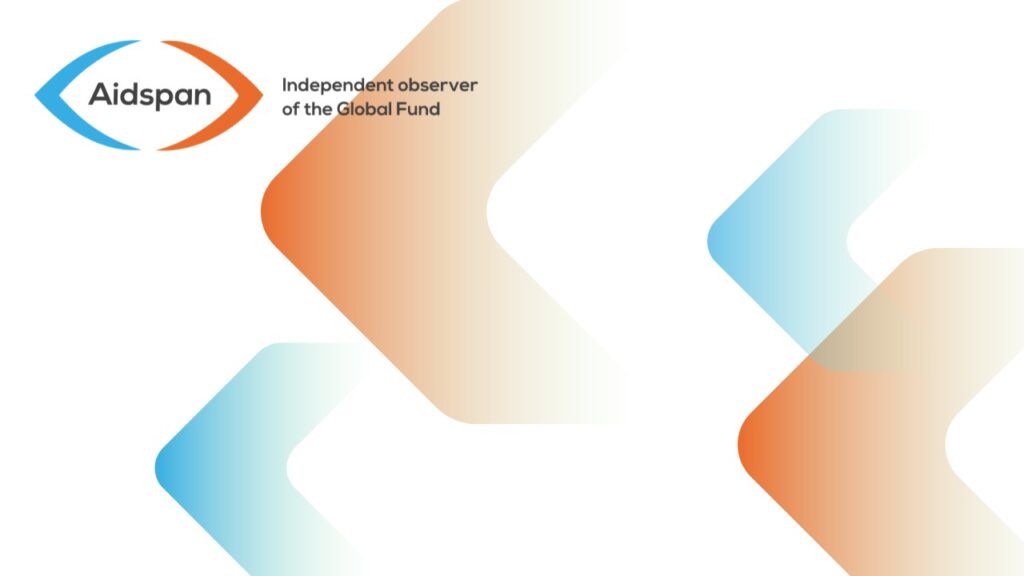
TRAINING IS THE MOST COMMON HUMAN RESOURCE-RELATED ACTIVITY SUPPORTED BY THE GLOBAL FUND AND OTHER LARGE FUNDERS
Author:
Download PDF By far the most common activity related to human resources for health (HRH) supported by the Global Fund, the GAVI Alliance and the World Bank is short-term, in-service training. There has been relatively little investment in expanding pre-service training capacity, despite the fact that there are large health worker shortages in developing countries. And there has been very…
Article Type:Article Number:
ABSTRACT According to a study published in the journal Health Policy and Planning, by far the most common activity related to human resources for health supported by the Global Fund, the GAVI Alliance and the World Bank is short-term, in-service training. There has been relatively little investment in pre-service training and in health sector policy reform.
By far the most common activity related to human resources for health (HRH) supported by the Global Fund, the GAVI Alliance and the World Bank is short-term, in-service training. There has been relatively little investment in expanding pre-service training capacity, despite the fact that there are large health worker shortages in developing countries. And there has been very little investment in health sector policy reform and measures to strengthen the capacity of governments with respect to human resource policy and planning.
These are some of the findings of a study conducted by several researchers and published in the journal Health Policy and Planning on 13 February 2012. For their study, the researchers examined proposal guidelines, evaluation criteria and approved proposals for all three agencies (for the Global Fund, the researchers assessed all approved Round 8 proposals). They also did a literature review to determine the impact of HRH investments by the three agencies on the health workforces in low income countries.
In 2010, the Global Fund, the GAVI Alliance and the World Bank combined accounted for 20% of total global development aid for health, and 53% of all multilateral development aid for health. In all three agencies, a wide variety of activities are eligible for financing. The Global Fund, for example, allows financing of training, recruitment, deployment, salaries and productivity incentives.
All Global Fund and GAVI grants reviewed by the researchers financed some HRH-related activities. The most commonly financed activity, after in-service training, was health worker remuneration (included in 64% of the Global Fund grants). However, according to the researchers, little information was available on how payment rates are determined, how potential negative consequences are mitigated, and how payments will be sustained at the end of the grant. Where information on sustainability is provided, the researchers said, the most common response is that the government will pick up the costs.
The researchers said that data to track the impact of investments in HRH are limited and of poor quality. Nevertheless, they said, there is evidence that financing base salaries and allowances of health workers has, in some cases, made an important contribution to country efforts to increase staffing and improve retention.
The researchers concluded that a more coordinated in-country strategy among the three agencies would improve the overall impact of external financing on the health workforce. To this end, they said, existing initiatives, such as the International Health Partnership and the Health Systems Funding Platform, could present opportunities for such coordination.
The information for this article was taken from M. Vujicic et al, “An analysis of GAVI, the Global Fund and World Bank support for human resources for health in developing countries,” Health Policy and Planning. An abstract and the full report of the study are posted here; the full report can be accessed only by subscribing to the journal or by paying a fee.
